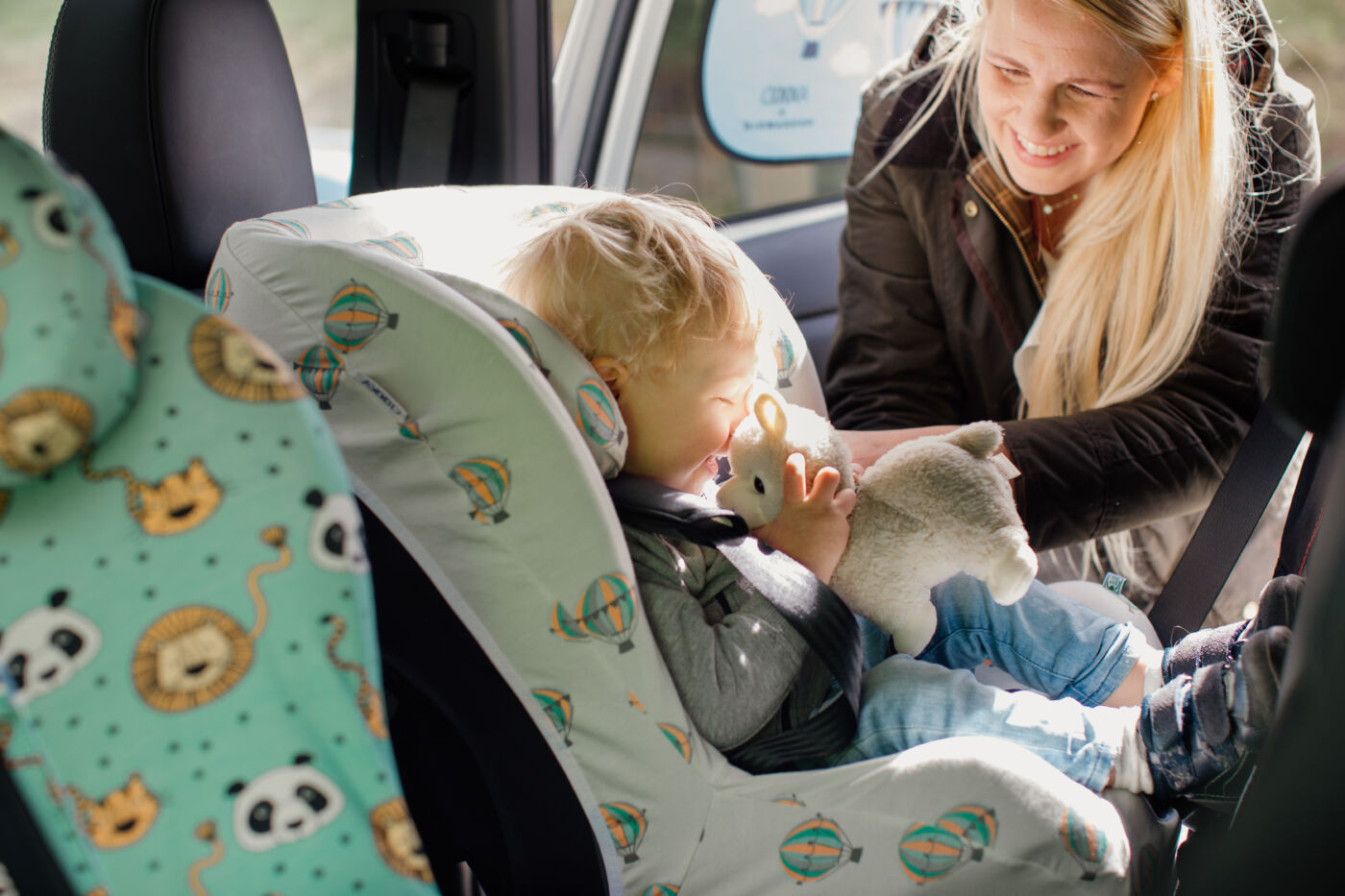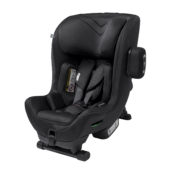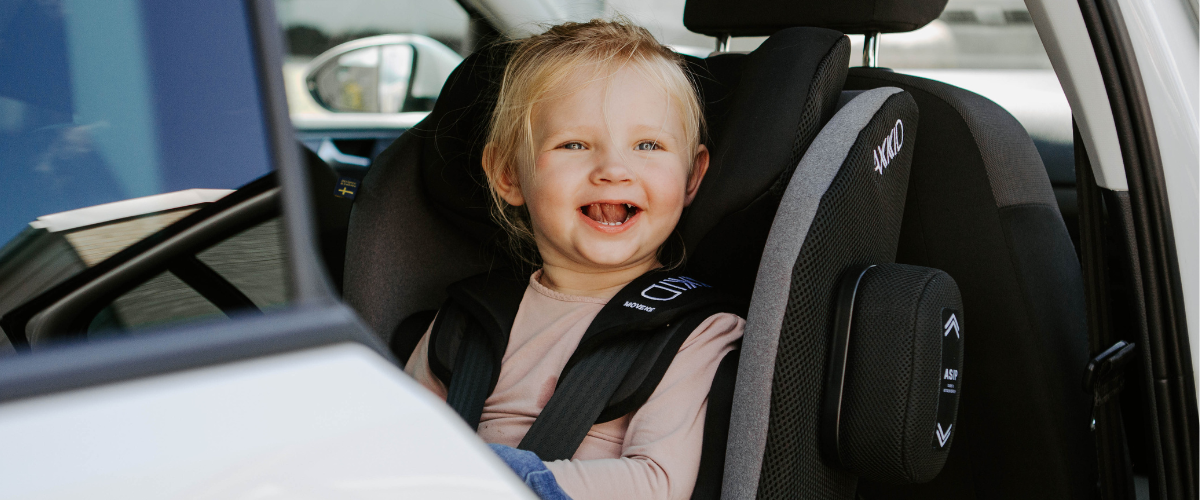As a parent, ensuring the safety of your child is your top priority. One important way to keep your child safe while in the car is by using a rear-facing car seat. These seats are designed to protect your child’s head, neck, and spine in the event of a car crash.
Rear-facing safety benefits
First, let’s talk about the safety benefits of rear-facing car seats. When a child is in a rear-facing car seat, their head, neck, and spine are all better supported in the event of a crash. This is because the seat is designed to absorb the impact of the crash, which helps to protect your child’s delicate body. Additionally, rear-facing car seats are less likely to cause serious injuries to children in the event of a crash, as they are designed to distribute the forces of the impact more evenly across the child’s body.
But what about if a rear-impact occur?
First, let us define what a rear impact crash is. A rear impact crash occurs when the back of the car is struck by another object, such as another car or a stationary object. These types of crashes are generally less severe than front or side impact crashes, this is mainly because of the moving objects are travelling in the same direction and therefore the crash generally occurs at a much lower speed than other types of crashes.
Notable, is also that in the case of a rear-impact between two cars one of the cars are in a frontal impact.
How can a rear-facing car seat protect a child in the event of a rear impact crash?
So, how can a rear-facing car seat protect a child in the event of a rear impact crash? In the event of a rear impact crash, a rear-facing car seat can help to protect a child’s head and neck by absorbing some of the forces of the impact and distributing them more evenly across the child’s body. This can help to reduce the risk of serious injuries, such as head and neck injuries.
The back of a car is also designed to absorb some of the forces of a rear impact crash, and a rear-facing car seat is designed to work in conjunction with this design to provide additional protection for your child. The seat is also secured to the car using lower tethers or anti-rotational bar, which helps to keep it in place during the crash.

Rear-impact crash testing for rear-facing car seats
Even though the statistics shows that rear-impacts occurs less frequently and in generally with less serve injuries, the accident can occur, and, in this instance, you want to make sure your child is safe.
In this case, it is a great security for you to know as a parent that your child’s rear-facing car seat is not only tested and approved for frontal impacts, but also crash tested and approved for rear-impact. This means the car seat has passed the safety requirements for both frontal and rear-impact testing. This is unique for rear-facing car seats since forward-facing car seats are NOT required to be tested for rear-impacts.
Overall, a rear-facing car seat is an important tool in keeping your child safe in the event of a car crash, including a rear impact crash. By understanding how these seats work to protect your child and following proper car seat safety guidelines, you can help to ensure that your child is as safe as possible on the road.













